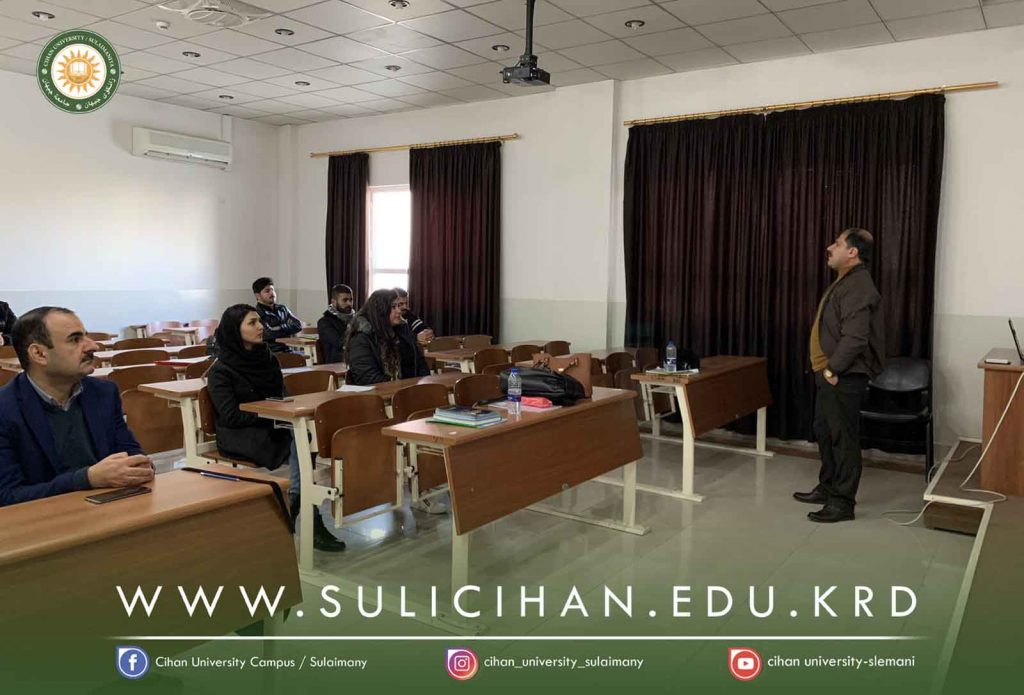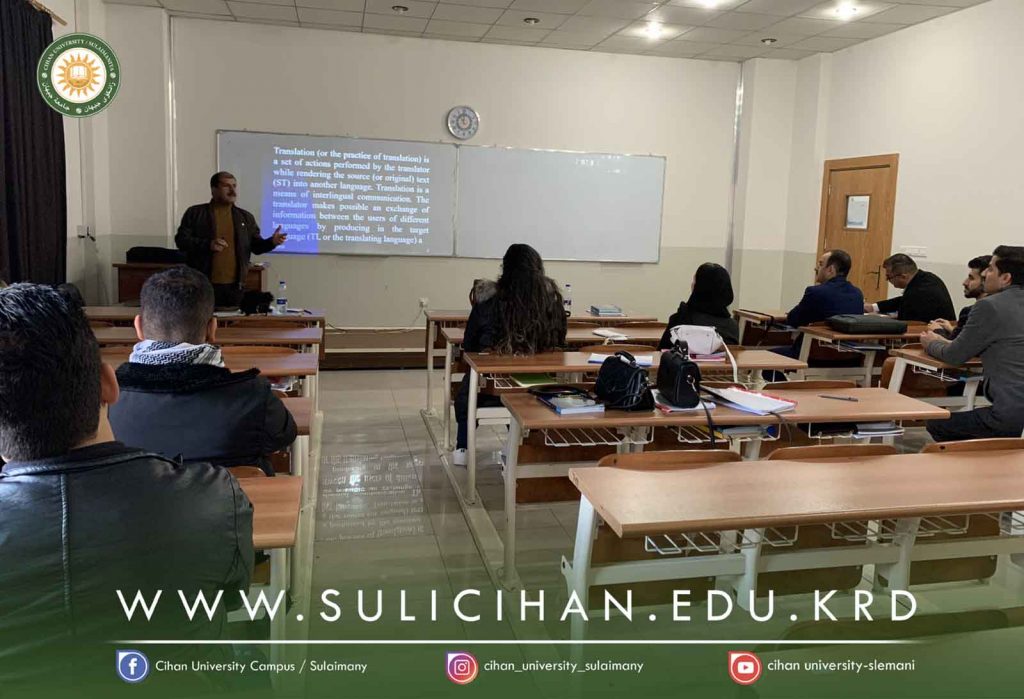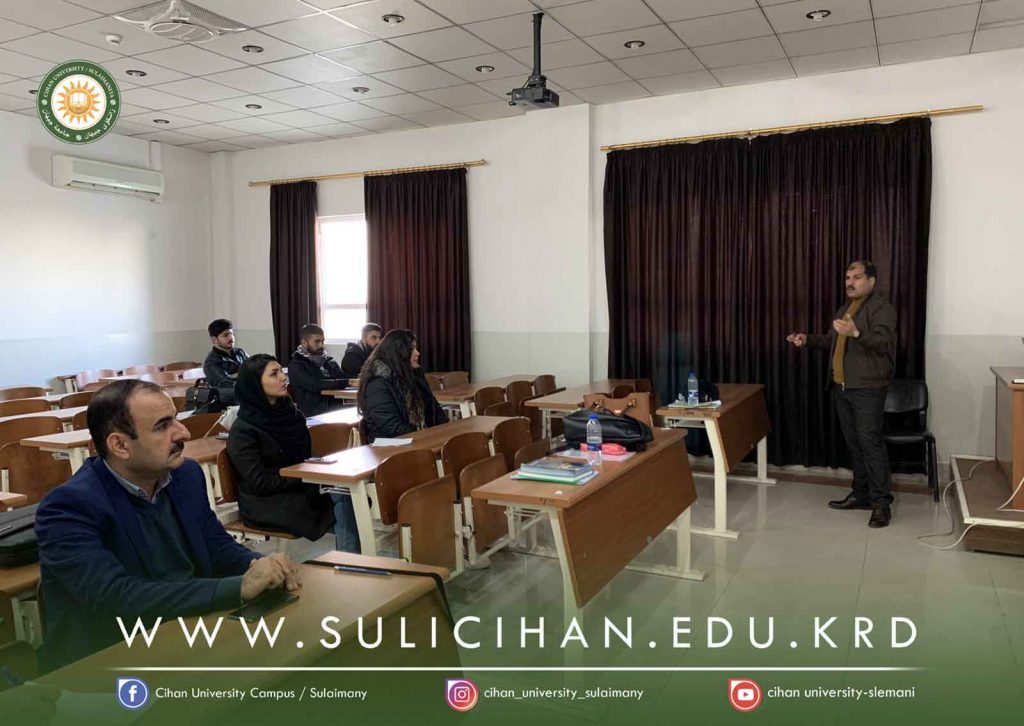
Translation (or the practice of translation) is a set of actions performed by the translator while rendering the source (or original) text (ST) into another language. Translation is a means of interlingual communication. The translator makes possible an exchange of information between the users of different languages by producing in the target language (TL or the translating language) a text which has an identical communicative value with the source (or original) text (ST). This target text (TT) is not fully identical with ST as to its form or content due to the limitations imposed by the formal and semantic differences between the source language (SL) and TL. Nevertheless, the users of TT identify it, to all intents and purposes, with ST – functionally, structurally and semantically.
Translation has several types, but in this seminar I will focus on the translation of literary texts and what translators should take into consideration while translating a piece of literature. Translation of literary texts is basically different from other types of texts because the main principle of literary translation is not only rendering information to the reader, but it also has aesthetic functions. The artistic image created in the particular literary work will certainly have an impact on the reader. For this reason, the literary translator should take into account specific features of the text. It is the poetic focus of the text that makes this type of translation different from texts of an informative type. When reading a story, poem or any other type of literary work translated from a foreign language, we perceive the text itself with its meaning, emotions and characters. It is quite a challenging task to achieve the main goal of the translation – creating a particular image for the reader. Therefore, literary translation might involve some deviations from the standard rules.










